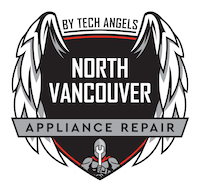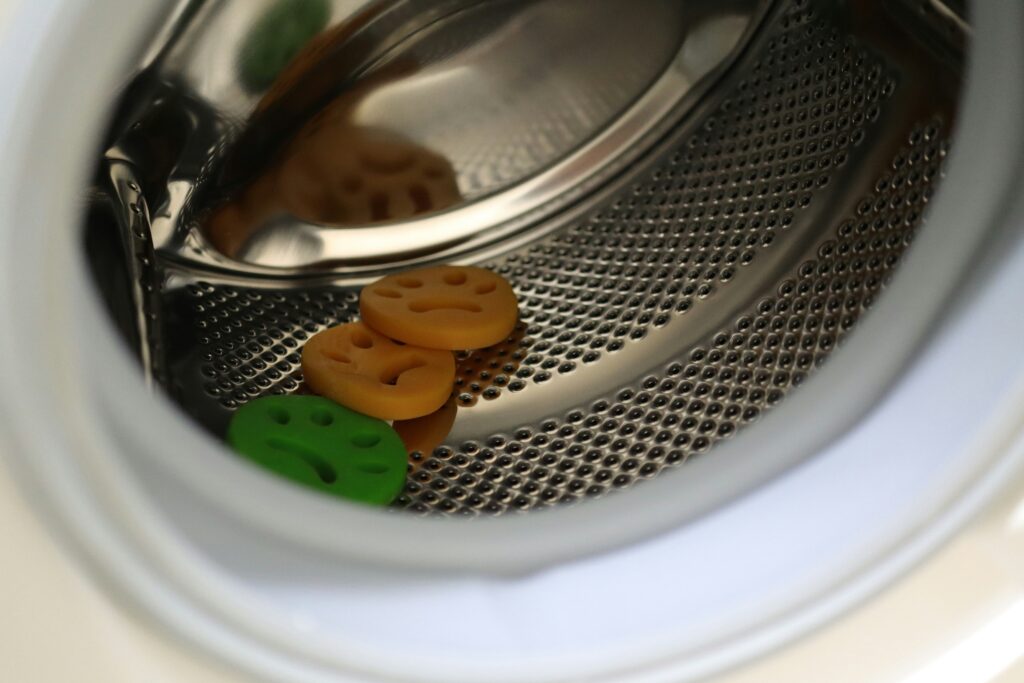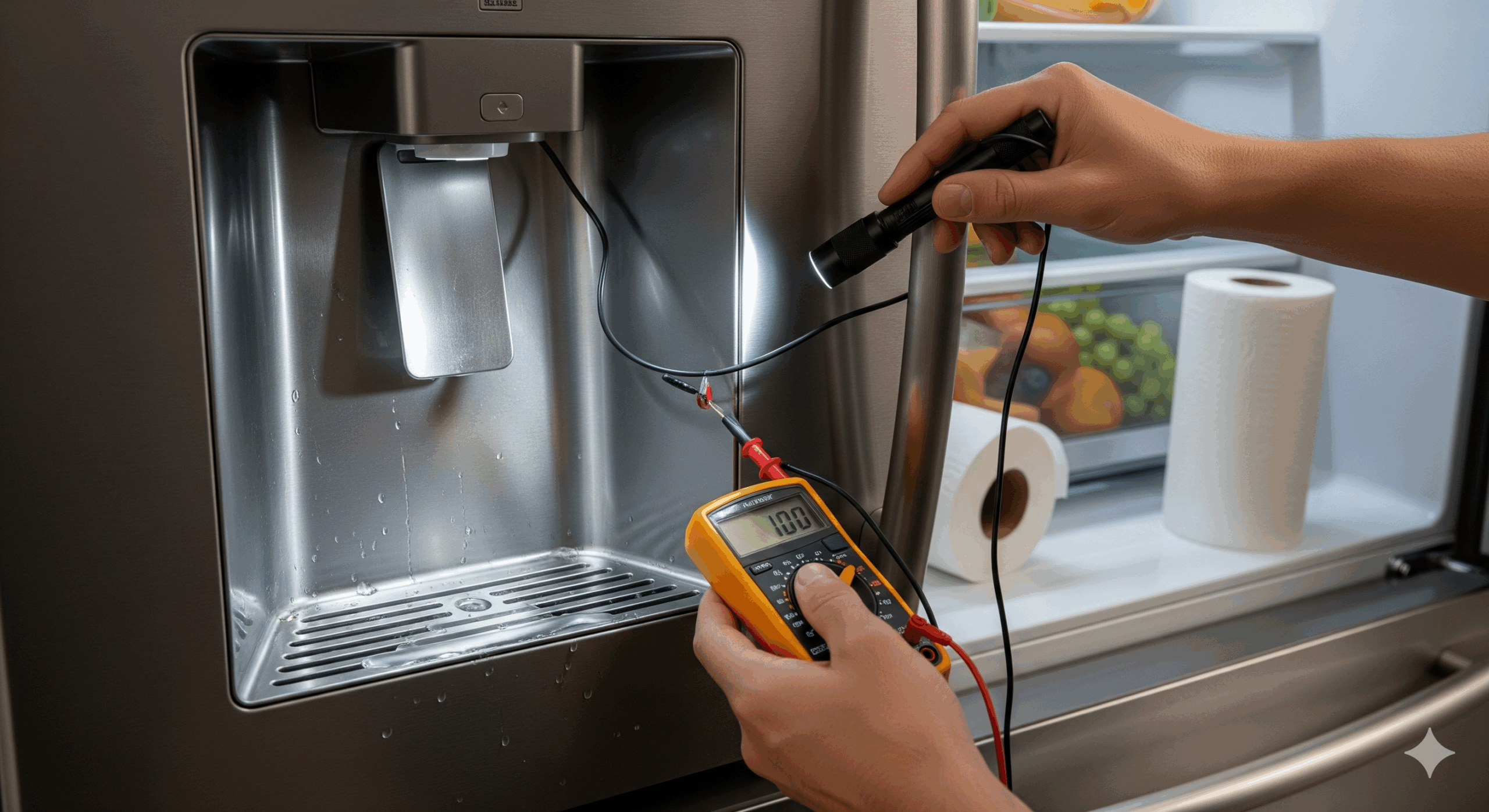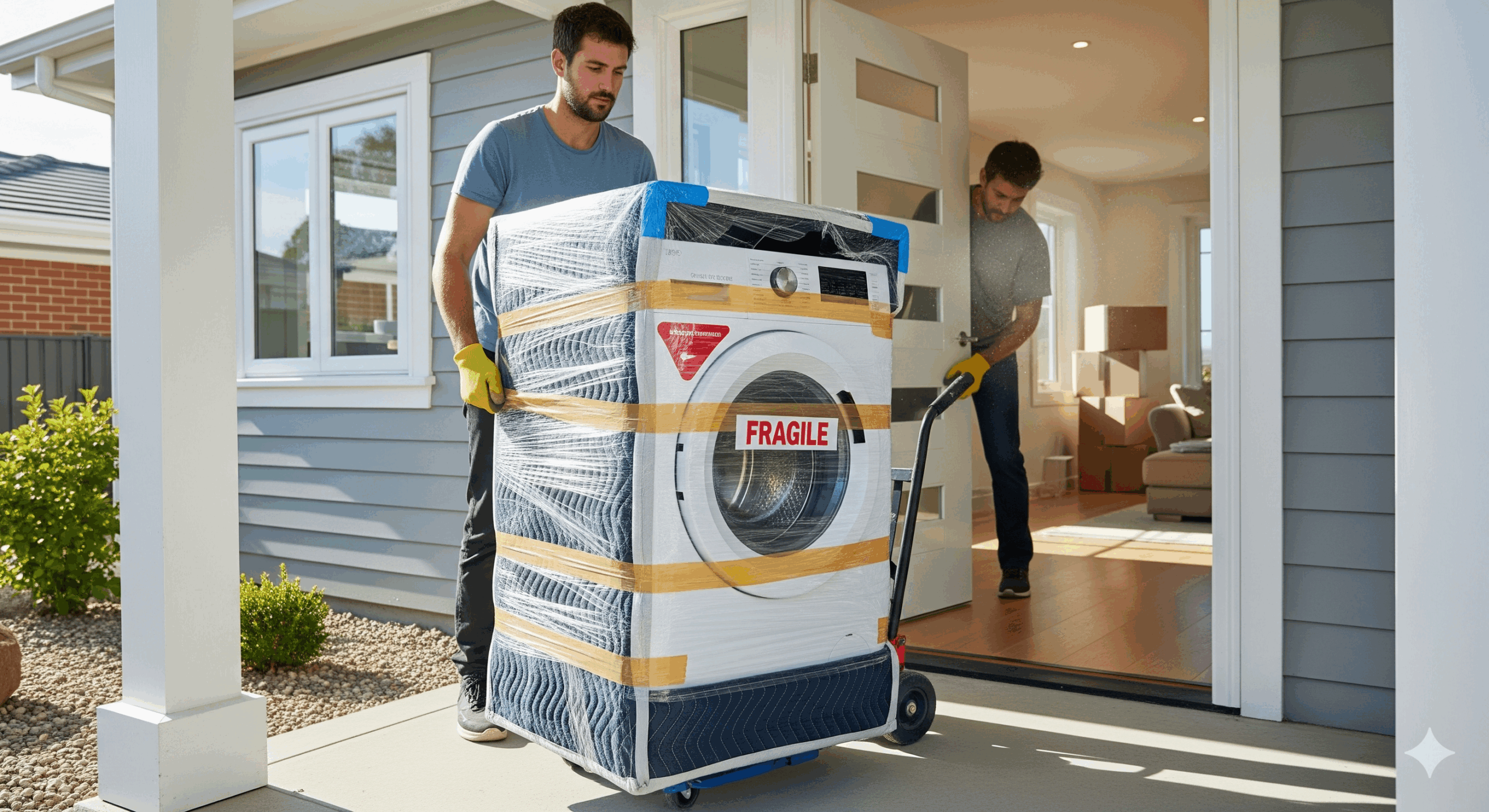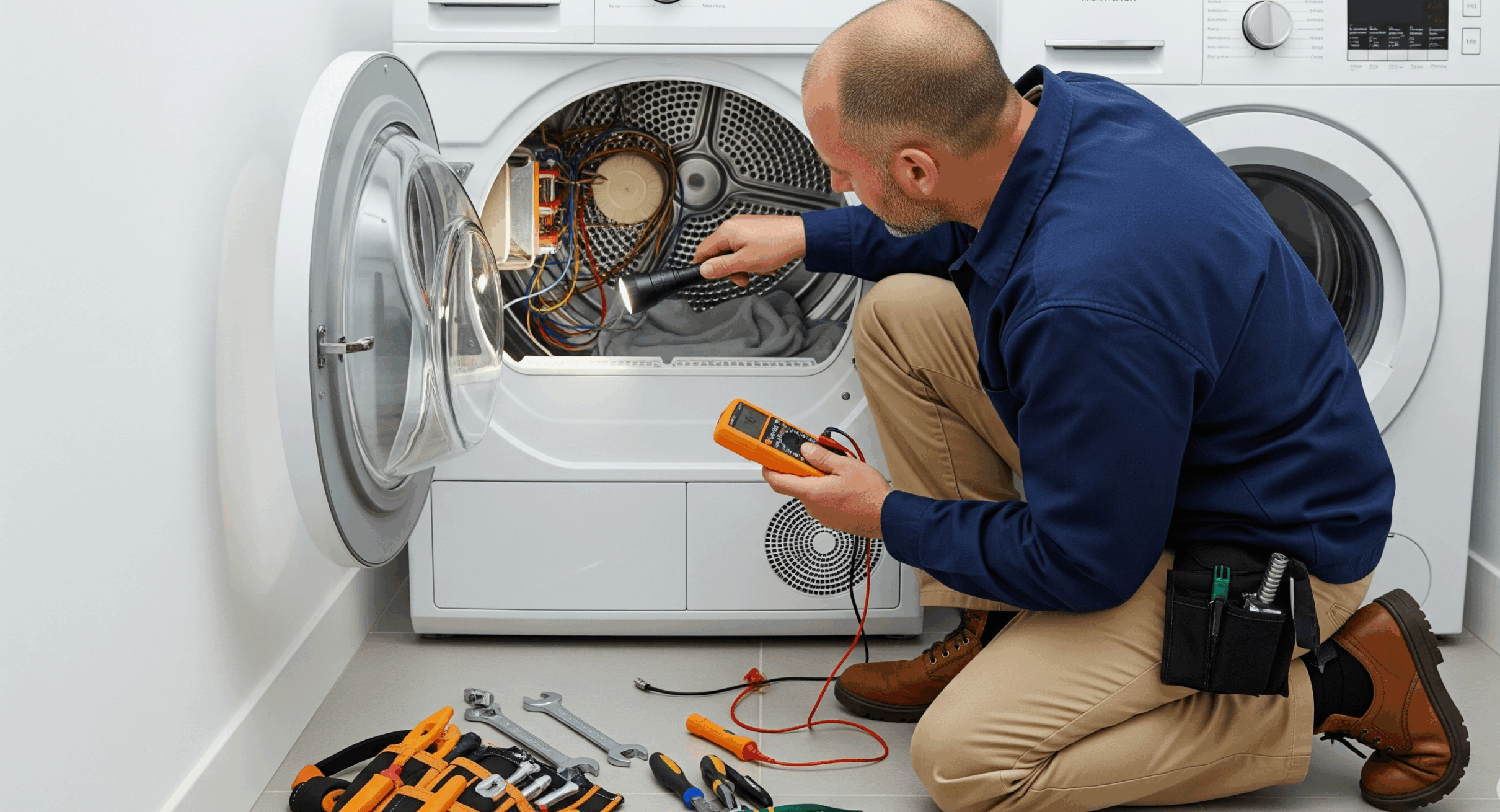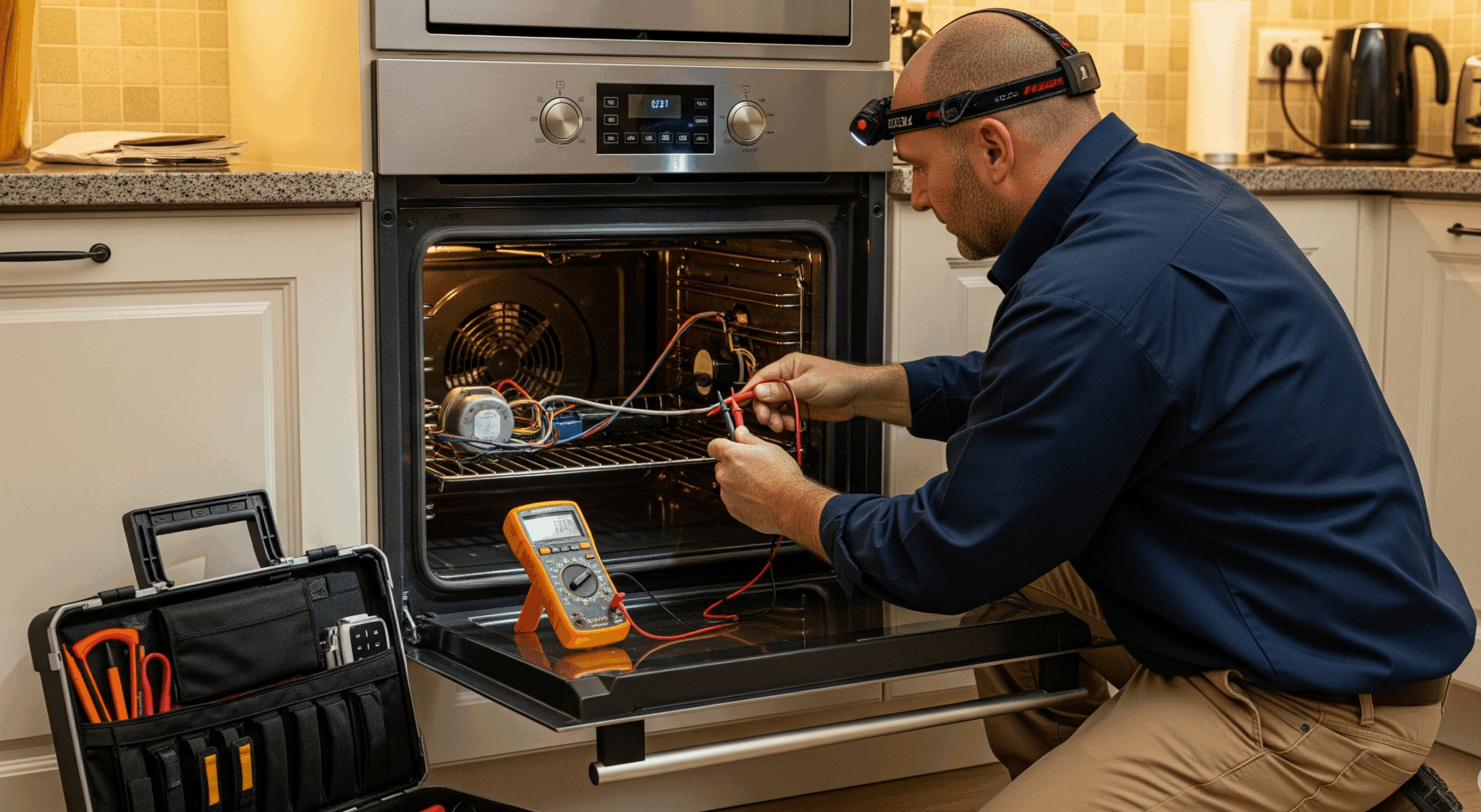A washing machine that refuses to spin can be a frustrating issue, leaving you with soggy clothes and a disrupted laundry routine. This problem can stem from various causes, ranging from simple user errors to complex mechanical failures. In this comprehensive guide, we’ll walk you through the steps to diagnose why your washing machine won’t spin, offering practical solutions and tips to get it back in working order. For residents of North Vancouver, we’ll also highlight how North Vancouver Appliance Repair can assist with professional appliance repair service when DIY fixes aren’t enough. This article is designed to empower you with the knowledge to troubleshoot effectively while providing insights into when to call in the experts.
Understanding the Spin Cycle
Before diving into diagnostics, it’s helpful to understand the spin cycle’s role. The spin cycle removes excess water from clothes by rotating the drum at high speeds, typically between 500 and 1,600 RPM, depending on the machine. If the drum doesn’t spin, your clothes remain waterlogged, and the laundry process stalls. Common reasons for a non-spinning washing machine include electrical issues, mechanical failures, or user-related oversights. Let’s break down the diagnostic process step by step.
Step 1: Check for Simple User Errors
Sometimes, the issue is straightforward and doesn’t require technical expertise. Here are a few things to check first:
1.1 Verify the Power Supply
Ensure the washing machine is plugged in and receiving power. A loose plug or tripped circuit breaker can halt the machine. Check the outlet by plugging in another appliance to confirm it’s working. If the machine’s display or lights are off, the issue might be electrical.
1.2 Inspect the Load Size and Balance
An overloaded or unbalanced load can prevent the spin cycle. Most modern machines have sensors that detect uneven loads and stop the spin to prevent damage. Open the lid or door and redistribute the clothes evenly. Remove some items if the drum is too full, as overloading strains the motor and suspension system.
1.3 Confirm the Cycle Selection
Ensure you’ve selected a cycle that includes spinning. Some delicate or hand-wash cycles skip the high-speed spin to protect fabrics. Double-check the control panel and select a standard or heavy-duty cycle to test.
1.4 Check the Lid or Door Lock
Most washing machines won’t spin if the lid or door isn’t securely closed. For safety, machines have a lid switch or door lock mechanism that must engage. Inspect the latch for damage or debris and ensure it clicks shut properly. If the lock is faulty, the machine may not proceed to the spin cycle.
If these checks don’t resolve the issue, it’s time to move on to more technical diagnostics. For complex problems, North Vancouver Appliance Repair offers expert technicians who can diagnose and fix your machine quickly, saving you time and hassle. Visit northvancouverappliances.ca to schedule a service call.
Step 2: Inspect the Drive Belt
The drive belt connects the motor to the drum, enabling it to spin. A worn, loose, or broken belt can prevent spinning. Here’s how to check:
- Unplug the Machine: Always disconnect the power for safety.
- Access the Belt: Depending on your machine (top-load or front-load), you may need to remove the back or bottom panel. Consult your user manual for instructions.
- Inspect the Belt: Look for signs of wear, fraying, or cracks. If the belt is loose or off its pulleys, it may need repositioning or replacement.
- Test the Belt Tension: A healthy belt should feel taut. If it’s slack, it may not transfer enough power to spin the drum.
Replacing a drive belt is a relatively simple fix for those comfortable with basic repairs. However, if you’re unsure, North Vancouver Appliance Repair can handle belt replacements with precision, using high-quality parts for brands like Samsung, LG, and Whirlpool.
RELATED: How to Extend the Lifespan of Your Washing Machine
Step 3: Examine the Motor and Motor Coupler
The motor powers the drum’s rotation, and a malfunction can stop the spin cycle. Here’s what to look for:
3.1 Motor Coupler (Top-Load Machines)
In top-load washers, a motor coupler connects the motor to the transmission. This plastic and rubber component can wear out over time. If it’s broken, the motor runs, but the drum doesn’t spin. To inspect:
- Remove the motor assembly (refer to your manual).
- Check the coupler for cracks or wear.
- Replace if damaged, as this is a common failure point.
3.2 Motor Issues
If the motor itself is faulty, you may hear humming or notice burning smells, indicating overheating. Use a multimeter to test the motor’s continuity. A lack of continuity suggests the motor needs replacement, which is a job best left to professionals due to electrical risks. North Vancouver Appliance Repair specializes in motor diagnostics and replacements, ensuring your machine runs smoothly again.
Step 4: Check the Lid Switch or Door Lock Assembly
A faulty lid switch (top-load) or door lock assembly (front-load) is a common culprit. If the machine doesn’t detect a closed lid or door, it won’t spin for safety reasons. To diagnose:
- Listen for a Click: When closing the lid or door, you should hear a click indicating the switch or lock is engaged.
- Test with a Multimeter: Unplug the machine and test the switch or lock for continuity. A broken switch will show no continuity.
- Inspect for Damage: Look for broken parts or debris obstructing the mechanism.
Replacing a lid switch or door lock is a moderately complex repair. If you’re not confident, contact North Vancouver Appliance Repair for prompt service. Our technicians are trained to handle all major brands, ensuring a reliable fix.
Step 5: Investigate the Drain System
A washing machine won’t spin if it can’t drain properly, as standing water triggers a safety mechanism. Check the following:
5.1 Drain Pump
A clogged or faulty drain pump can prevent water from exiting, halting the spin cycle. To inspect:
- Unplug the machine and locate the pump (usually at the bottom or back).
- Check for blockages in the pump or hoses.
- Listen for unusual noises, like grinding, which may indicate a failing pump.
5.2 Drain Hose
Ensure the drain hose isn’t kinked, clogged, or improperly installed. A hose positioned too low can cause siphoning, preventing proper drainage. Clear any blockages with a plumber’s snake or by flushing the hose.
If the pump or hose is damaged, replacement may be necessary. North Vancouver Appliance Repair offers same-day service for drain system issues, minimizing downtime.
RELATED: The Importance of Regular Appliance Maintenance
Step 6: Assess the Control Board and Sensors
Modern washing machines rely on electronic control boards and sensors to manage cycles. A malfunctioning control board or sensor can disrupt the spin cycle. Signs include:
- Error codes on the display.
- Inconsistent cycle behavior.
- No response from the control panel.
Diagnosing control board issues requires technical expertise, as it involves testing electrical components. Avoid attempting repairs unless you’re experienced, as mishandling can damage the board further. North Vancouver Appliance Repair uses advanced diagnostics to pinpoint control board problems and offers cost-effective solutions.
Step 7: Check the Transmission or Clutch (Top-Load Machines)
In top-load washers, the transmission or clutch engages the drum for spinning. A worn clutch or failing transmission can prevent spinning. Symptoms include:
- The drum not spinning despite the motor running.
- Unusual noises during the spin cycle.
Testing these components requires disassembling the machine, which can be complex. If you suspect a transmission or clutch issue, it’s wise to seek professional help. North Vancouver Appliance Repair has the expertise to repair or replace these parts, restoring your machine’s functionality.
Step 8: Evaluate the Drum Bearings (Front-Load Machines)
In front-load washers, worn drum bearings can cause the drum to seize, preventing spinning. Signs include:
- Loud grinding or rumbling noises.
- Excessive vibration during operation.
Checking bearings involves removing the drum, a labor-intensive task. If bearings are the issue, replacement is often costly, and you may need to weigh repair costs against buying a new machine. North Vancouver Appliance Repair can assess whether repair or replacement is the best option, providing transparent pricing and expert advice.
When to Call a Professional
While many issues can be resolved with DIY troubleshooting, some require specialized tools and expertise. If you’ve tried the above steps without success, or if you’re uncomfortable performing repairs, it’s time to call in the pros. North Vancouver Appliance Repair offers:
- Same-Day Service: Quick response times to get your machine back online.
- Expert Technicians: Trained to service all major brands, including Maytag, Bosch, and GE.
- Quality Parts: Genuine replacements for long-lasting repairs.
- Local Expertise: Serving North Vancouver and surrounding areas with personalized care.
Visit https://northvancouverappliances.ca/contact-us/ or call all us at (778) 949-5855 to book an appointment. Our team is committed to delivering top-notch service, ensuring your washing machine spins like new.
Preventative Maintenance Tips
To avoid future spin issues, follow these maintenance tips:
- Balance Loads: Avoid overloading and distribute clothes evenly.
- Clean the Machine: Run a monthly cleaning cycle with vinegar or a commercial cleaner to prevent clogs.
- Inspect Hoses: Check for wear or leaks regularly.
- Schedule Annual Maintenance: A professional tune-up can catch issues early. North Vancouver Appliance Repair offers maintenance packages to keep your appliances in top shape.
Conclusion
Diagnosing a washing machine that won’t spin involves checking simple issues like load balance and power supply before moving to complex components like the motor, belt, or control board. While many problems can be fixed with basic tools and patience, some require professional intervention. For North Vancouver residents, North Vancouver Appliance Repair is your trusted partner for fast, reliable service. Don’t let a non-spinning washer disrupt your routine—visit northvancouverappliances.ca to schedule a repair or learn more about our services. With the right approach, your washing machine will be spinning smoothly in no time.
